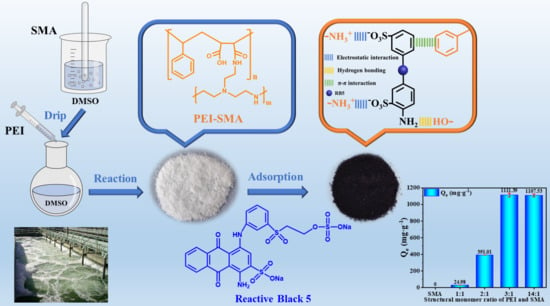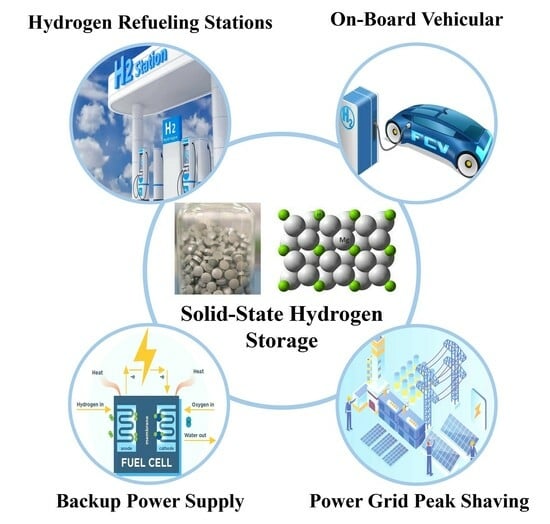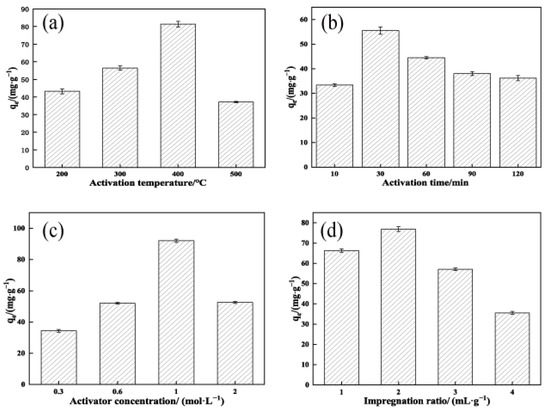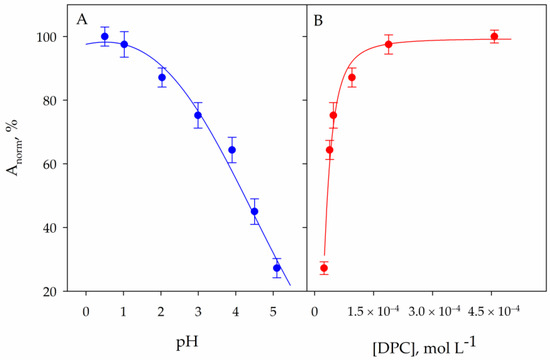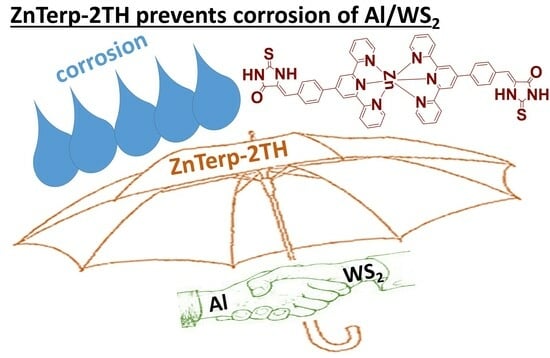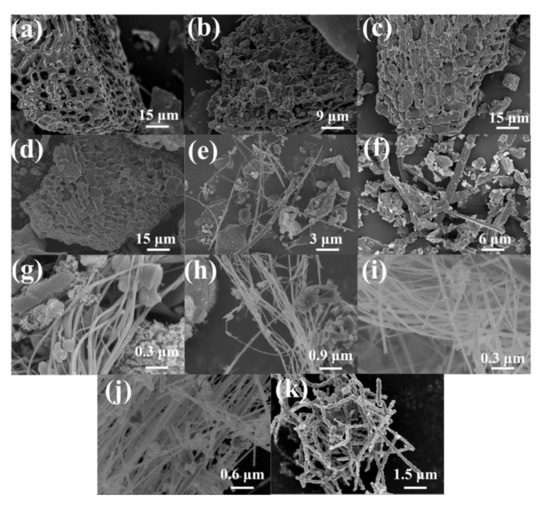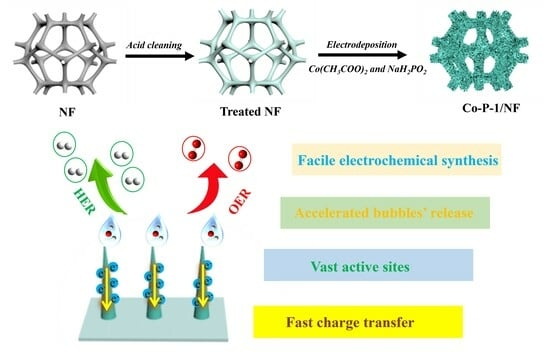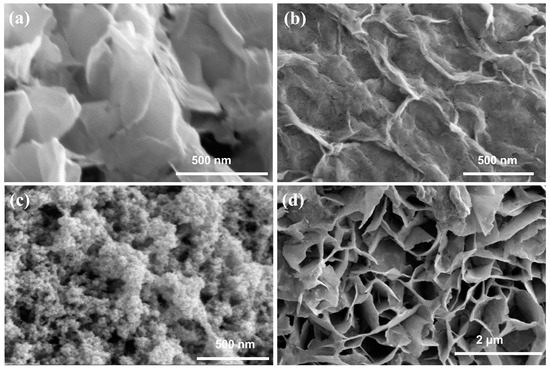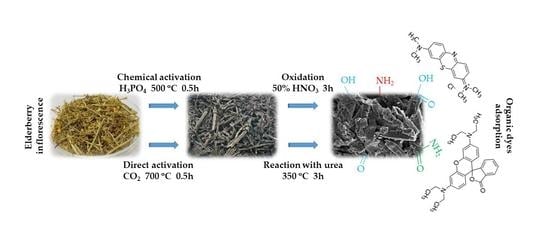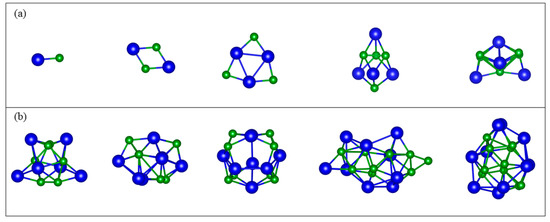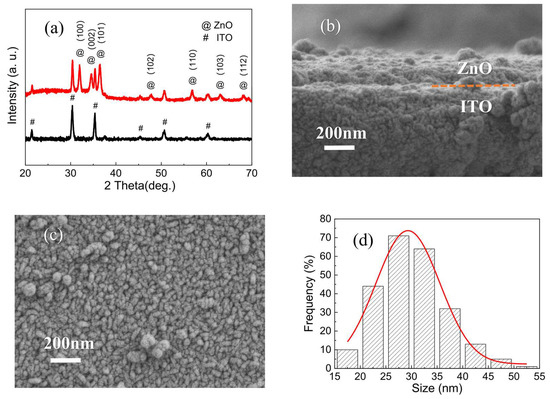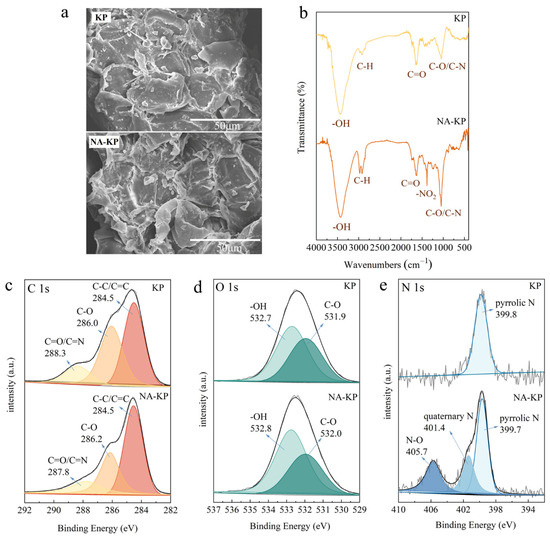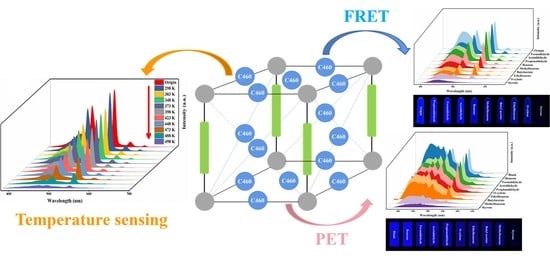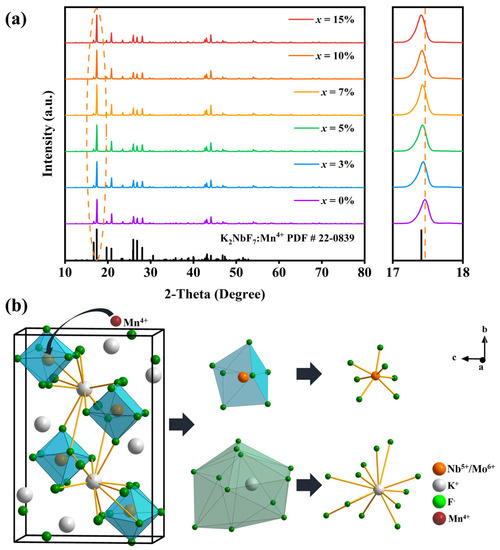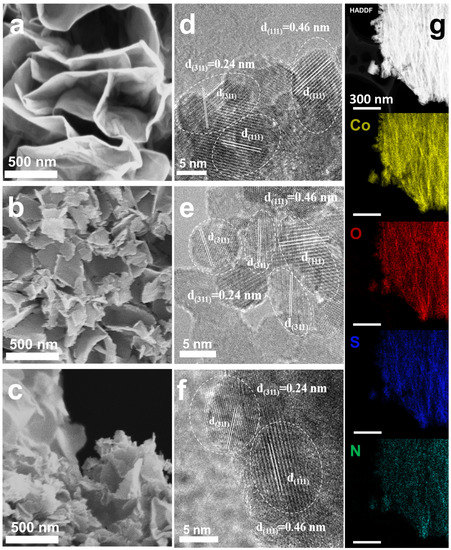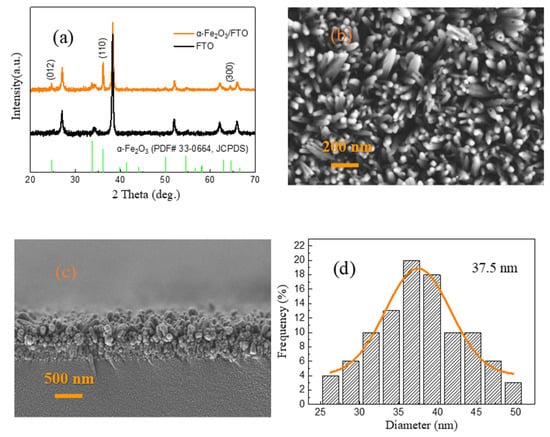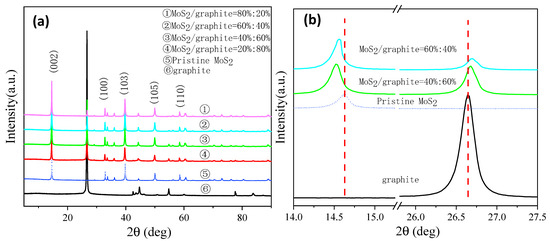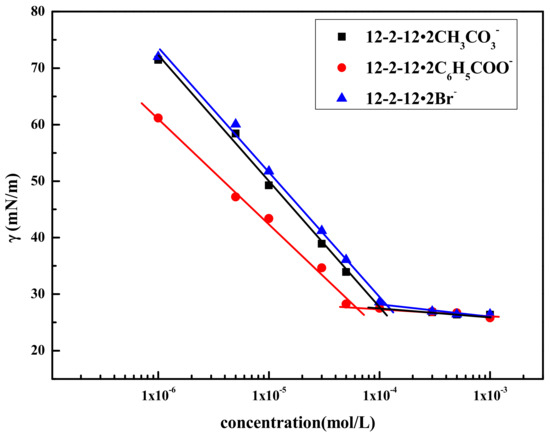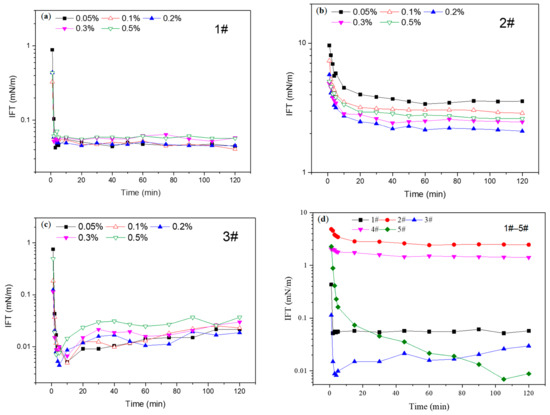Green Energy and Environmental Materials
A topical collection in Molecules (ISSN 1420-3049). This collection belongs to the section "Materials Chemistry".
Viewed by 25795Editors
Interests: photocatalysis; electrocatalysis; lithium-ion battery; lithium–sulfur battery; fuel cells; two-dimensional materials; water treatment
Special Issues, Collections and Topics in MDPI journals
Interests: graphene; supercapacitor; lithium-ion battery; electrocatalysis
Interests: photocatalysis; electrocatalysis; photochemistry, electrochemistry, water treatment
Interests: electrocatalysis; photochemistry; perovskite; photoelectric conversion; energy transformation
Topical Collection Information
Dear Colleagues,
Human society is facing great challenges due to various worldwide energy and environmental problems such as global warming, increasing energy consumption and serious environmental pollution. Although scholars have made great efforts to solve these problems through sustainable development, such as by utilizing clean energy (solar energy, wind energy, nuclear energy, etc.), developing efficient energy storage devices (batteries and super capacitors), exploring new technology of pollution purification, using environmentally friendly products instead of overexploiting natural resources and causing serious pollution, etc., it is urgent to further study the development of new high-performance materials in green energy and environment-related fields. Green energy materials can be used for energy storage and conversion, such as in batteries, supercapacitors, fuel cells, solar cells, photocatalysis/electrocatalysis, etc. Green environmental materials can be used for the elimination and reuse of pollutants, such as environmental photocatalysis/electrocatalysis, adsorbing materials, recyclable materials, membrane materials, etc. Green energy and environmental materials include, but are not limited to: carbon materials; phosphorus materials; metal oxides; perovskite materials; layered materials such as MoS2, WTe2, LDH, and clay; etc.
The objectives of this topic are broad, as we recognize the complexity of issues and challenges related to energy and environmental materials, and therefore, interdisciplinary experimental and theoretical work across basic science and engineering disciplines is particularly welcome. These areas include, but are not limited to, nanomaterials and their composites in energy and environment applications.
Dr. Hongda Li
Dr. Shumin Chen
Dr. Xintong Liu
Dr. Xiong He
Collection Editors
Manuscript Submission Information
Manuscripts should be submitted online at www.mdpi.com by registering and logging in to this website. Once you are registered, click here to go to the submission form. Manuscripts can be submitted until the deadline. All submissions that pass pre-check are peer-reviewed. Accepted papers will be published continuously in the journal (as soon as accepted) and will be listed together on the collection website. Research articles, review articles as well as short communications are invited. For planned papers, a title and short abstract (about 100 words) can be sent to the Editorial Office for announcement on this website.
Submitted manuscripts should not have been published previously, nor be under consideration for publication elsewhere (except conference proceedings papers). All manuscripts are thoroughly refereed through a single-blind peer-review process. A guide for authors and other relevant information for submission of manuscripts is available on the Instructions for Authors page. Molecules is an international peer-reviewed open access semimonthly journal published by MDPI.
Please visit the Instructions for Authors page before submitting a manuscript. The Article Processing Charge (APC) for publication in this open access journal is 2700 CHF (Swiss Francs). Submitted papers should be well formatted and use good English. Authors may use MDPI's English editing service prior to publication or during author revisions.
Keywords
- energy
- environment
- catalysis
- batteries
- photochemistry
- electrochemistry
- water treatment







